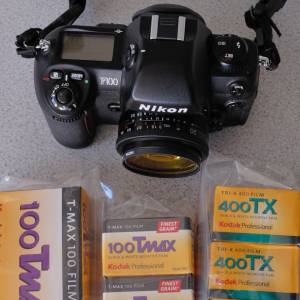Inverness Marina
First colour film I've used in years. Results were okay. Quite like the neutral colours and contrast. Only issues are with the thickness of the film, rather than its results. When this 1950's camera was made, films were thicker. That changed at sometime. What it results in, is a slight overlap of some of the frames. The wound up reel is slightly smaller in diameter because of the reduced film thickness, so the film isn't wound on as far as it (ideally) should be. It also means there's a bit left unused at the end of the spool.
Another associated issue of the thinner film, is that it tends to sag more in the frame-holder used for scanning. That affects how well the scanner focuses on the film, and its sharpness - results will be softer. It also leads to faint magenta and green colour rings near the middle of the frame that look a bit like oil on a wet road. Barely noticeable on even the large versions you can see here (thankfully).
There are solutions, or workarounds, for both of these issues. For the first it should be quite easy, and cost next to nothing - increase the diameter. Putting one or two bits of tape on the roll, at the loading stage, would achieve that. For the second it's not so simple, or economical - buy special glass inserts to suit the scanner's film frame-holder. There are also other special film-holders too.
Another way of getting around the first problem, would be to just use this kind of film in the (much bigger) Bronica. Have four more spools of this 120 film in the fridge. Suspect the smaller negatives of 35mm film would have been less of problem, when scanning.. And haven't encountered these problems whilst using Kodak's Black & White films. Yet to try the five 120 Ilford XP2 Super spools in the fridge.
By the way, the fridge contains more food than film!
Zeiss Ikon Super Ikonta IV : f/11 : 1/60" : 75mm : ISO100
Film: Kodak Ektar 100 (Colour negative)
[Frame : 01]

Comments New comments are not currently accepted on this journal.